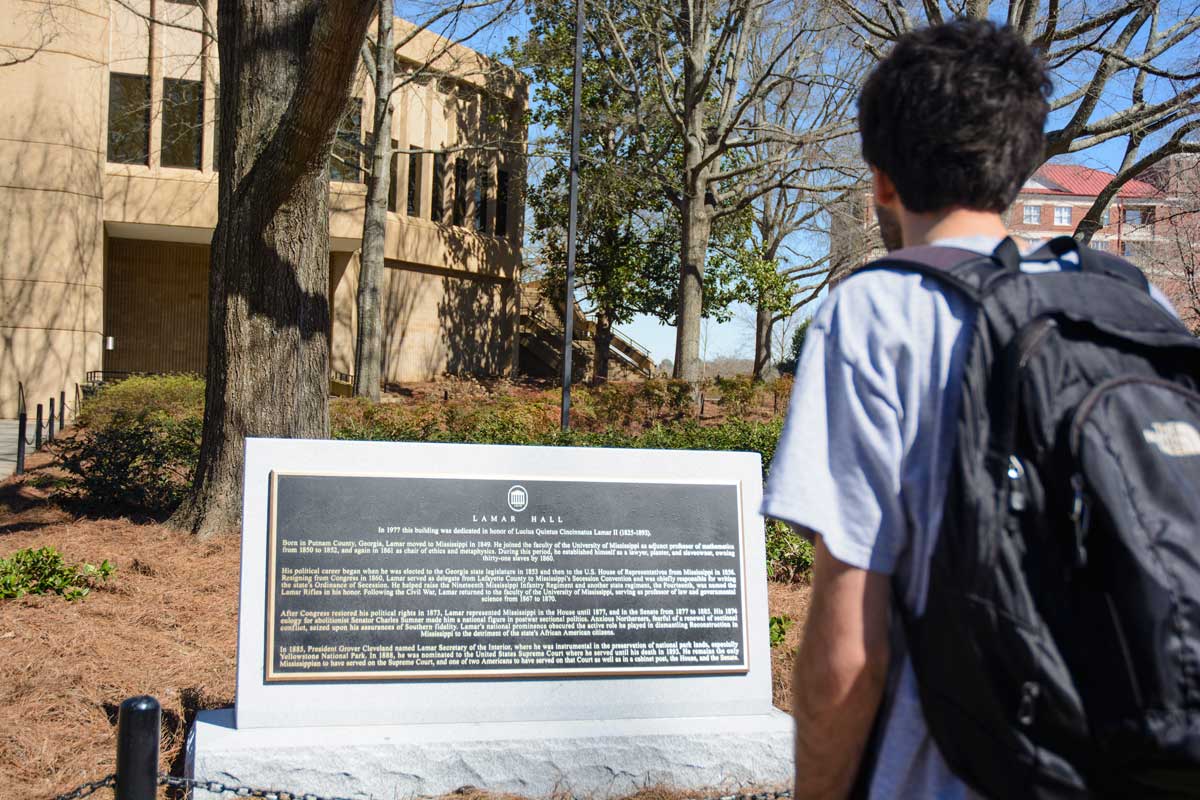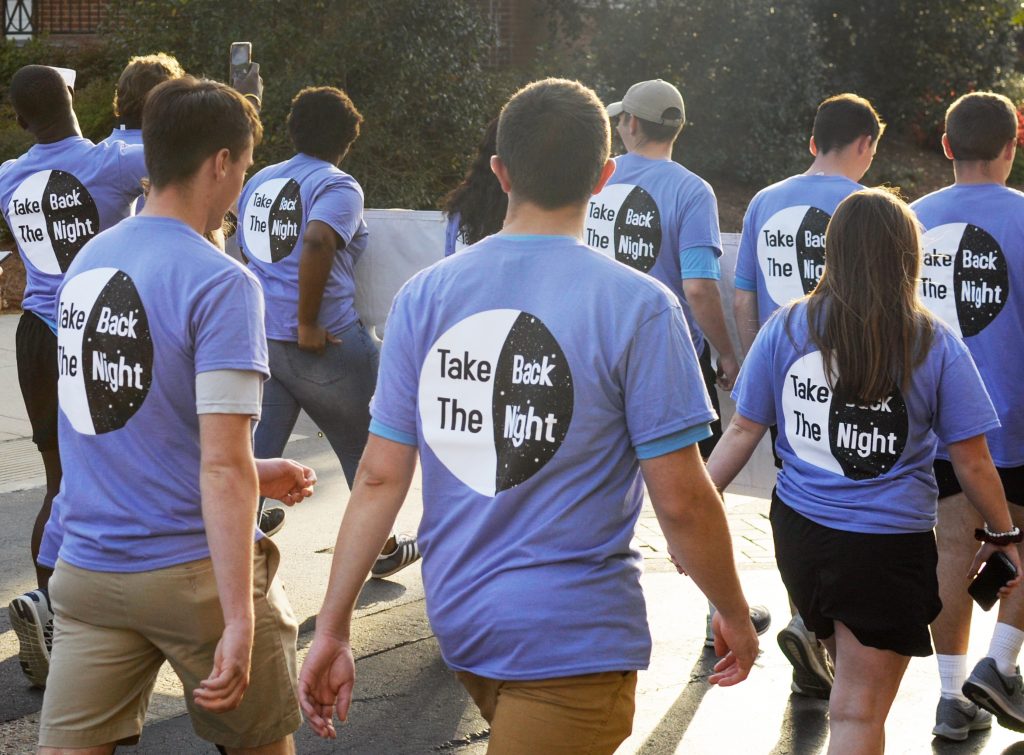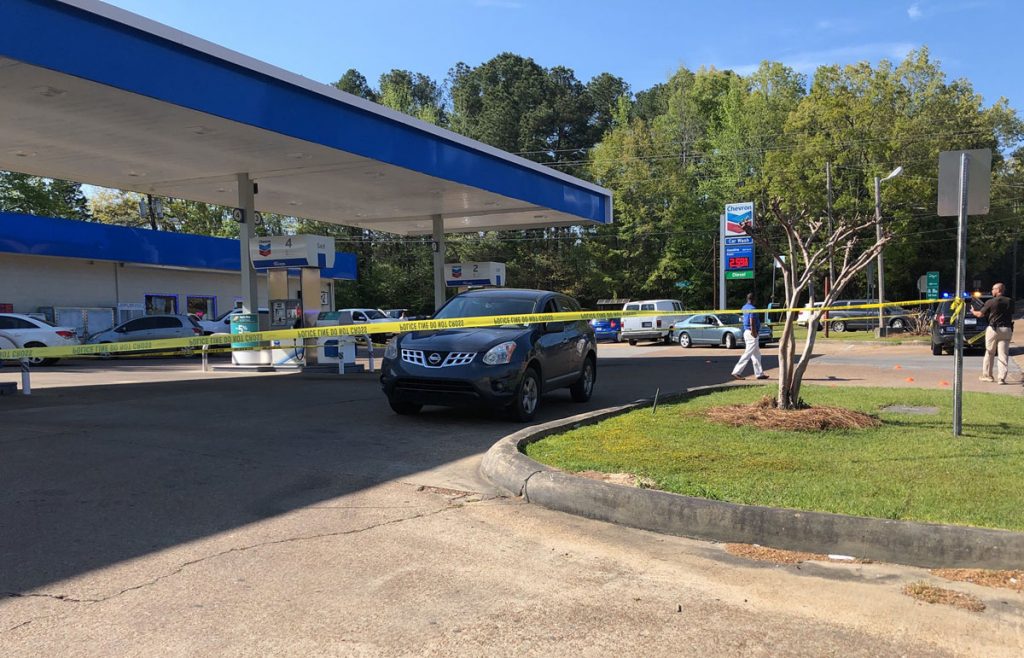The University of Mississippi Slavery Research Group hosted several events yesterday to explore the history of enslaved people in north Mississippi. The group hosted a Slavery on Campus History Tour to spread awareness of the history behind the Oxford campus.
“Tracing the history of slavery and its relationship with the University of Mississippi requires quite a bit of detective work,” said Leigh McWhite, political papers archivist and Slavery Research Group member. “The official records of the university of the Antebellum period are sparse. They include the board of trustees minutes, the registrar’s ledgers and the faculty minutes.
Through her personal studying of these documents, McWhite found that slaves were deeply involved in the construction and upkeep of the university from its founding.
“In addition to clearing the land, creating bricks for building, constructing the buildings on campus and attending to special projects, we know that they had daily routine responsibilities,” McWhite said.
Doctoral student Andrew Marion, who has been hired by the Slavery Research Group to do research with fellow student Chet Bush, led the tour. The first stop on the tour was the Lyceum.
Marion said campus leaders celebrated the opening of the university at the Lyceum nearly 170 years ago. At that ceremony, Jacob Thompson, representing the Board of Trustees, and George Frederick Holmes, then-president of the university, said the mission of the university was to keep young Southern minds away from Northern schools and Northern beliefs such as the abolition of the institution of slavery.
“Taking into consideration the number of domestic slaves owned by faculty, those slaves leased to work on campus and those brought by students, it is reasonable to speculate that between 50 to 100 enslaved people lived on campus at any one time,” McWhite said.
The tour continued on to the contextualization plaque that lies between the Croft Institute and Ventress Hall within sight of the Confederate statue in the Circle.

Ventress Hall was built in 1889 and is named after James Ventress, who is considered one of the founding fathers of the university and believed in providing “a Southern education for Southern men,” according to Marion.
“It’s fairly common in the development and creation of the university, here and of other Southern universities, to see the theme of the importance of Southern institutions educating Southerners,” McWhite said.
The group continued on to Barnard Hall, which is named after the university’s third chancellor, Frederick Barnard.
“Several examples of student violence against slaves are reported in official university records,” McWhite said. “One for which we have the most information transpired in May 1859 during (Chancellor) F.A.P. Barnard’s absence from campus.”
The survivor of this incident was one of Barnard’s slaves named Jane. A student named Samuel Humphreys allegedly raped and beat the 29-year-old and was expelled by Barnard. Barnard then faced malicious response from campus.
“Barnard was being accused and essentially prosecuted for taking the testimony of a slave over a student,” Marion said.
Jeff Jackson, one of the professors who played a large role in creating the Slavery Research Group, said he is glad Ole Miss took the initiative to understand its own history, including that of its chancellors.
“There are now markers on campus that are telling a more complete story of a number of things, including slavery,” Jackson said. “The community that drafted the marker that now stands in front of Barnard Observatory included Jane’s story.”
Marion then led the tour to Lamar Hall, which is named after L.Q.C. Lamar, a former Ole Miss math professor and slave owner who played a role in dismantling Reconstruction in Mississippi after the Civil War.

Marion said that looking into Lamar’s history will be a future step in his and Bush’s research.
The tour ended at Hilgard Cut, an area dug out by slaves so that a railroad could be put in. This trench-like area now forms the portion of Gertrude Ford Boulevard that runs under University Avenue.
“Hilgard was the state geologist, and he frequently wrote letters back and forth with Barnard about the progress of the cut … Chet Bush’s work looks at one specific letter that mentions John, one of the named slaves we know of,” Marion said.
In this letter, Barnard wrote of Hilgard’s slave John, who defied the chancellor by refusing to work on Sunday.
“He seemed to be too much of his own master to be of any use here,” Barnard wrote of John.
Marion said this is one of the most inspiring stories that he and his colleague have researched thus far, for it shows a strong level of autonomy that grew among some enslaved individuals.
Though the Slavery Research Group has learned much about the contextualization of slavery on campus since its founding in 2014, member Anne Twitty said the group still faces challenges.
“The University of Mississippi, because it was only founded in 1848, has a relatively short Antebellum history, so there is just less time to look at, in addition to this limited documentation,” Twitty said.
Isaac, Simon, George, Jane, Henry, John, Squash, Moses, Will and Nathan are the known names of slaves who worked on the university campus. The Slavery Research Group plans to continue its research in hopes of unearthing more names and more stories.















